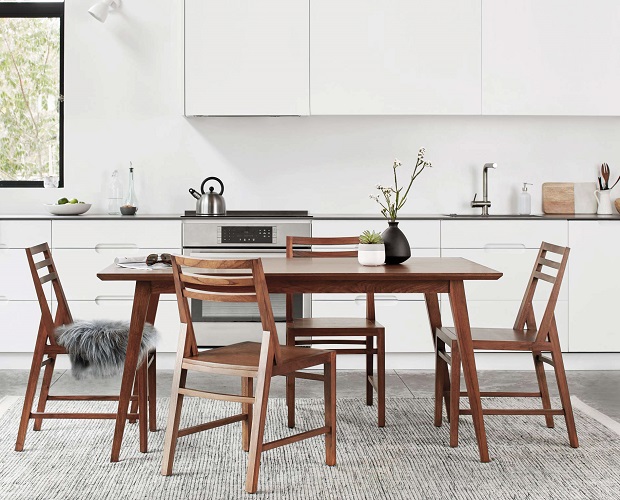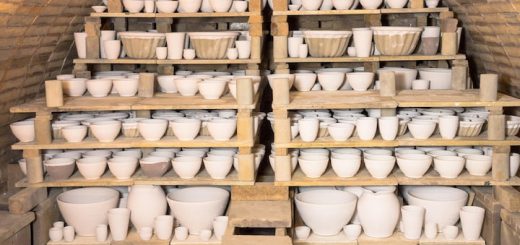What to Consider When Choosing a POS System for Your Business
A Point of Sale (POS) system is a technology-based solution that helps businesses process payments when customers buy products or services. In the past, this was done by a traditional cash register, but now it consists of hardware and software that makes it easy for cashiers to enter sales information, calculate totals, and generate receipts. It simplifies the checkout process and ensures accurate payments. A POS provides many advantages for retailers as it improves efficiency, enhances customer satisfaction, and contributes to overall success. That being said, it’s important to know what to look for when choosing one for your business.
Main Components of a Typical POS System
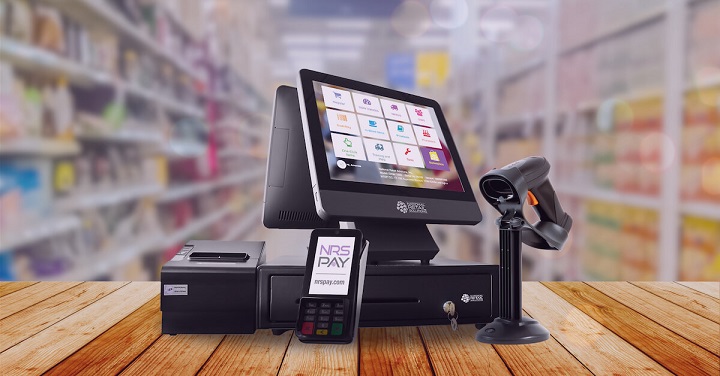
Hardware
POS hardware refers to the physical components and devices used to facilitate transactions and manage sales. Here are some common types of hardware devices:
- Display unit: This is the main component of a POS system that serves as the central point for processing transactions. You can choose between a monitor or a tablet and input methods such as a keypad or touchscreen.
- Barcode reader: A device used to scan barcodes on products for quick and accurate item identification. When shopping for a quality barcode scanner Australia wide you can choose between a handheld or fixed one that connects to the terminal either wired or wirelessly. It’s just as important as the display unit because it’s faster and more precise than a human. That said, you should invest in a good barcode scanner Australia offers in stores to ensure long-term satisfaction.
- Cash drawer: A compartment connected to the terminal that can be electronically controlled to open during transactions. You should opt for a drawer that offers a secure and protected location for storing your cash.
- Receipt printer: Used to print receipts for customers after a transaction is complete. When buying a receipt printer, ensure it can handle your business’s transaction volume, integrates smoothly with your point-of-sale system, and prints receipts quickly. There are two types of receipt printers available: thermal printers and dot-matrix printers.
- Credit card reader: Make sure you also have a credit card reader to enable secure in-store credit card payments for your customers.
- Customer-facing display: The display presents key transaction details as the products are scanned and their prices are entered into the POS system. It typically shows essential information such as the product name, price, tax amount, and the total.
Software
The software of a POS system refers to the application or program that runs on the hardware and enables businesses to process sales transactions, manage inventory, and perform other essential functions. The software acts as the central hub for the system, providing the interface and functionality for various operations. Some POS system providers offer an all-in-one solution that includes both the hardware and software as a bundled package. In this case, you would receive the necessary software along with the corresponding hardware components.
Key Factors to Consider Before Buying a POS System
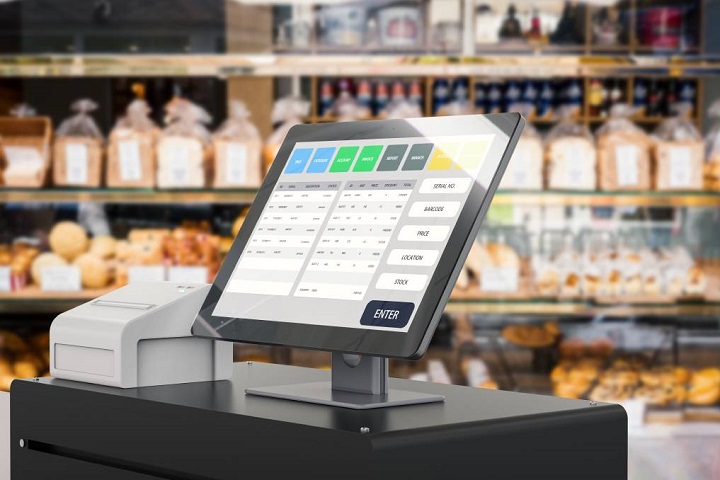
Business Needs
Each business has unique requirements, such as the type of transactions, inventory management, and reporting needs. Also, retailers have different goals, preferences, and ways of working. You must ensure that the system aligns with your specific needs and provides the necessary features and functionalities to support your business operations effectively. In other words, the type of POS system you choose depends on the size and nature of your business.
If you own a retail store, dry cleaner or salon, a traditional setup that offers full service will do the job. On the other hand, if you’re operating a food truck or a big restaurant, the best option is to purchase a portable POS system which will ensure flexibility and prevent frustrated customers from waiting in line.
When evaluating your options, keep in mind countertop POS systems that come in different sizes and occupy less space than traditional cash registers. For most stores, a single terminal is sufficient. However, if you have a larger space or a lot of customer traffic, setting up multiple terminals can help handle the increased workload.
Ease Of Use
Another key factor to consider is user-friendliness. Your system shouldn’t be too complicated or overwhelming since you will be the one operating it. Also, an easy-to-set-up POS system will decrease the training period of your staff and in turn, save time and energy. Look for a system that offers an interface that’s fast, easy to learn and use. By doing so you will reduce errors, waiting time and give the customers a smooth and stress-free experience.
Additionally, consider how well the POS system integrates with your current apps, and ensure that it provides reliable customer service and technical support in case of any problems.
Inventory Management
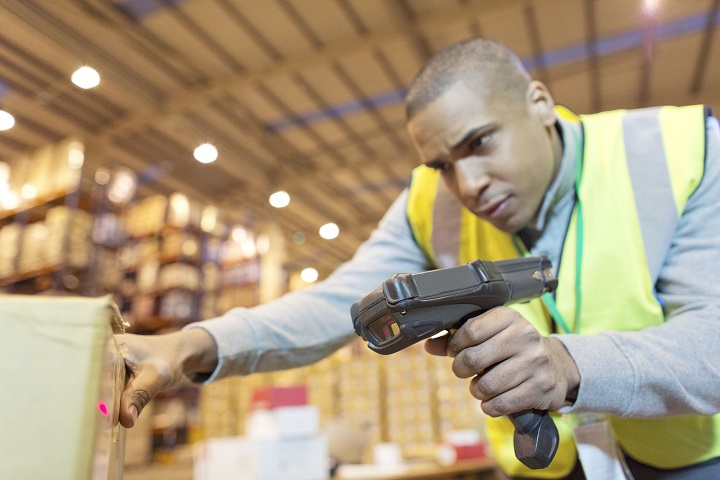
You need to also pay attention to properties related to inventory management. You want a system that can help you manage your inventory successfully by helping you avoid overstocking and prevent you from running out of products. It is essential to invest in a POS system that successfully manages your inventory, tracks stock levels, orders, and deliveries, and provides alerts for replenishment or reordering. Additionally, having the option to categorize goods, manage stock across multiple locations, and generate purchase orders is always a plus.
Customer Relationship Management (CRM)
Integrating a CRM tool with your POS software enables you to gather and store valuable customer data. This feature will facilitate personalized communication, improve marketing, and contribute to your customer service. Additionally, having a feedback feature to collect and address customer reviews, ratings, and suggestions is crucial. POS system with customer relationship management capabilities will help you foster trust and grow your business.
Sales Reporting
Another critical feature that will help you improve your business strategies is reporting and analytics. In order to make wise business decisions, you need to find an effective POS system that offers thorough data and analytics. This usually includes providing reports on sales by product, department, and period, to track performance and make data-driven decisions.
Security
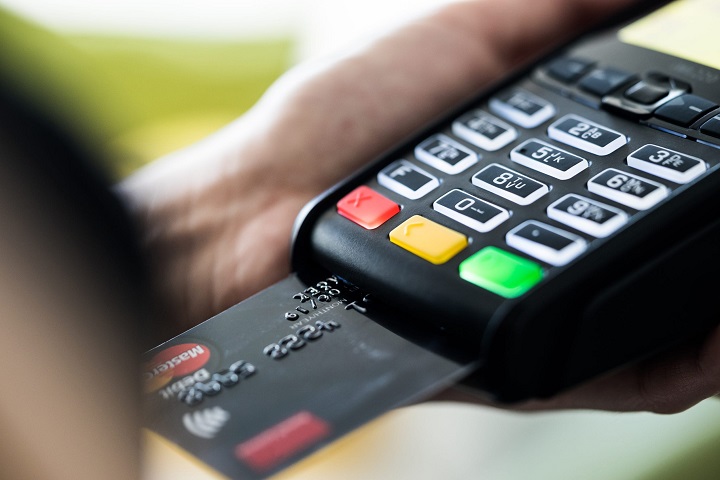
Security and compliance are essential aspects of a retail POS system. It’s crucial to choose a system that safeguards your data and transactions against unauthorized access, theft, and fraud. An ideal POS system provides strong security measures such as data encryption, regular backups, and password or biometric authentication for access.
Cost
When purchasing a POS system, several costs come into play, including hardware, software, and installation. Installation expenses may differ based on the system’s complexity and the company responsible for performing it. That being said, before making a final decision consider your budget.
Conclusion
To recap, a POS system is a fundamental asset for businesses as it directly impacts their success. Since this is a big investment make sure you buy a system that corresponds to your business needs and goals. Considering factors such as ease of use, cost, security, and more will help you make an informed decision when making a purchase. Selecting the right POS system ensures high-quality performance, allowing your business to thrive in today’s competitive market.


